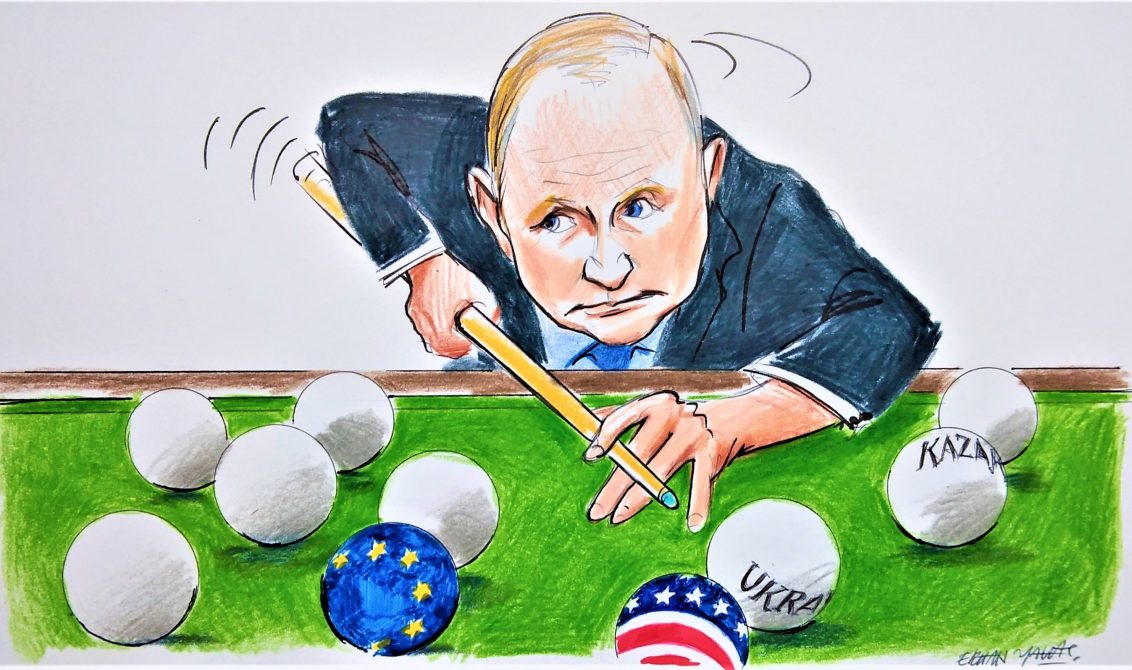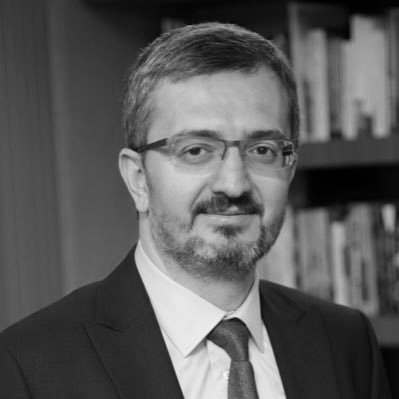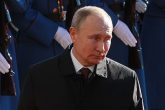The protests in Kazakhstan took place on the 13th anniversary of the Soviet Union’s disintegration. Whether or not that was a coincidence remains unknown. Yet the Collective Security Treaty Organization’s (CSTO) quick response to Kazakh President Kassym-Jomart Tokayev’s request for help was no coincidence at all.
Having seen the West break its promises about NATO’s expansion, which were made as the Cold War ended, and having witnessed the “color revolutions” in 2000-2005, Moscow made preparations to involve itself in the future of countries in what it sees as its sphere of influence. The organization was founded in 1994, yet Russia’s reaction against NATO’s expansion and its policy of intervention in crisis areas, including the Middle East, coincided with Russian President Vladimir Putin’s strong leadership. Indeed, the Kremlin demonstrated that it would not allow the West to control Georgia (2008) and Ukraine (2014). The Ukraine crisis remains a source of friction between Russia, and the United States and Europe. The Russians have expressed their demands and official talks kicked off earlier this week in Geneva. It remains unclear, of course, whether those proceedings will yield any results.
Read more on our English web site: On Putin’s moves, from Kazakhstan to Ukraine



